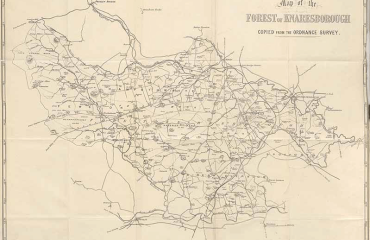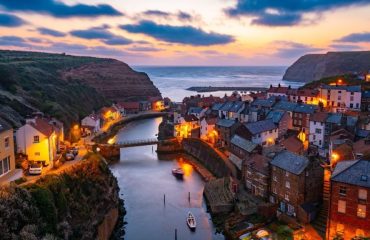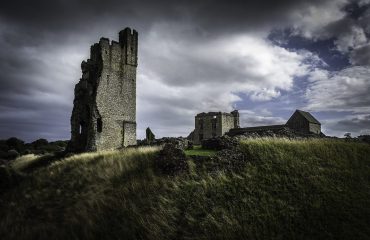
Ravenser Odd is the Atlantis of the East Riding. A medieval town built on the sandbanks of the Humber estuary, it now sits below the waves.
History:
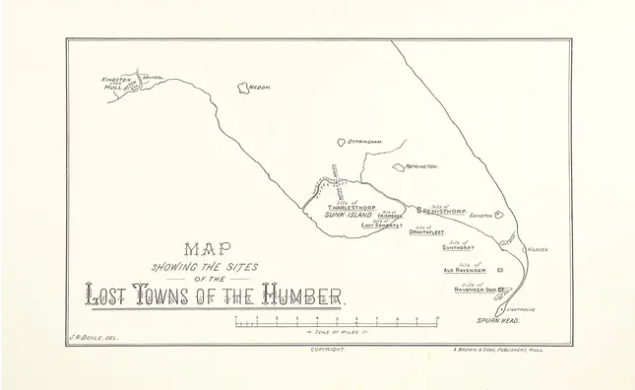
The Township and port of Ravenser Odd was located at the mouth of the Humber Estuary. It was settled on the north shore very close to the tip of the sand spit known today as Spurn Point. Its existence was fleeting, but its historical significance much outweighs the expectation from somewhere now forgotten. The name Ravenser comes from the Old Norse roughly translating to ‘Raven’s Tongue’ referring to the look of the sandbank promontory. Ravenser Odd was founded in 1235, by the Count of Aumale.
The town consisted of 100 houses and a flourishing market. In 1299 the town gained a borough charter. The town had substantial wharves, warehouses, a court and a prison. Its importance on the trade routes meant it collected dues from more than 100 merchant ships a year. In the 13th century the town was a more important port than Kingston upon Hull. by about 1340 however it would have become more than apparent that the town could no longer continue to prosper.
Downfall:

Areas of the town were swept away by the crumbling sandbanks. The Chronicler of Meaux abbey wrote. “ At that time the chapel of Ravenser and the majority of the buildings of the whole town of Ravenser, by inundations of the sea and the Humber increasing more than usual, were almost completely destroyed”. In 1346 the king appointed an inquest. They discovered that the coastal erosion had taken a good two thirds of the town and its buildings. It also found that there remained only a third of the population to pay tithes or toll to the king. The final days of the port were marked by ever increasing incursions from the sea. Leading to the inhabitants fleeing and looting. The site completely fell to the water after the Saint Marcellus flood of January 1362.
The Great Flood:
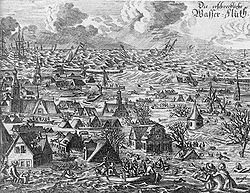
The Saint Marcellus’s Flood was an intense extratropical cyclone that swept across the British isles and western Europe. The storm is reputed to have caused at least 25000 deaths. The storm was known as Saint Marcellus’s Flood. This was due to the peak of the flooding being during the feast day of St. Marcellus. The immense storm tide front the North Sea swept far inland from England and the Netherlands to Denmark and the German coast, breaking up islands and making marts of the mainlands into islands, wiping out entire towns and districts.
Modern Day:
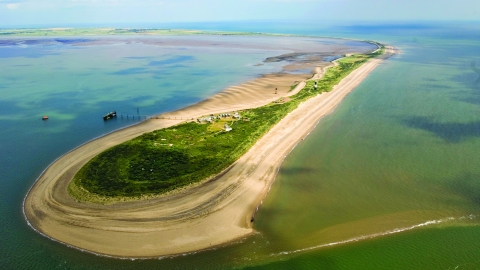
In the modern day scientists are hoping to discover this sunken gem to discover more about Yorkshire’s own Atlantis. They have discovered the potential location for the site revealing some ruins that will be more than 600 years old. Initially scientists had been searching further away from the current shore. Researchers finally found the town. After a search that was closer to the coast. It’s discovery is a breakthrough for the understanding of the history of the area.
Last chance for the Black Friday Sale on yorkshiretshirts.com

